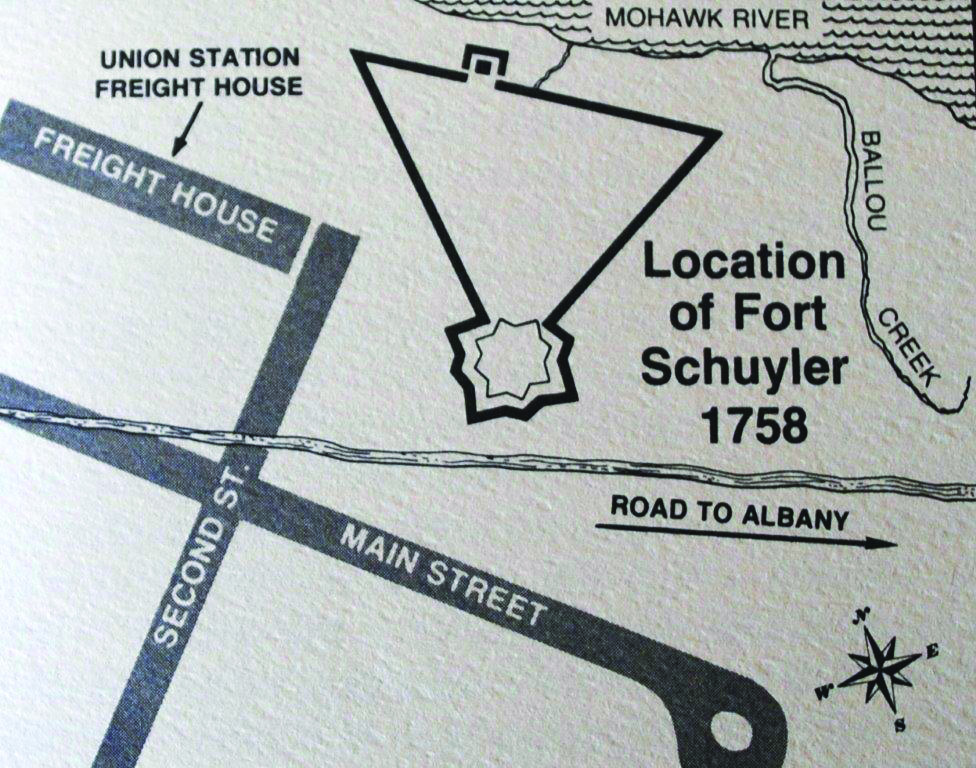Hey, Detour takers. You’re in the right place, or at least your ears are. You’re about to go on a unique audio adventure, experiencing the sounds and stories of Utica’s Bagg’s Square East. And along the way, we’ll be joined by a couple of the people who know this story best.
So here we go. It’s the perfect place to begin, because in a way, this is the spot where the city of Utica started, too.
You’re at what is now a parking lot, just off second street, down near some railroad tracks. The tracks are in front of you, and right behind you is an old building with a big Charles Millar and Sons and Company sign painted on it. Now what you have to imagine is that it’s the 18th century and this is all wilderness.
The Mohawk River is running through about 50 feet on the other side of where those railroad tracks are now. There’s a trail made by Native Americans – the Iroquois – along the north bank of the river – you’re on the south bank now. And another Iroquois trail runs north-south right through where you’re standing. Now why here? Well the Mohawk River was running east along there, and coming down from the southern hills behind you was a creek, called Ballou Creek. It emptied into the Mohawk River about 50 feet right in front of us. Coming down from the northern hills in front of you into the Mohawk River was Reale’s Creek. And they both emptied their silt deposits into the river right here, which raised the riverbed and lowered the riverbanks. There was also a big curve in the river right here. Remember there are no highways or bridges at this time. Everything went though here on these trails. So the river is shallow, the current is slow, so what you have is a ford – f. o. r. d. – a place where you can cross the river on foot.

